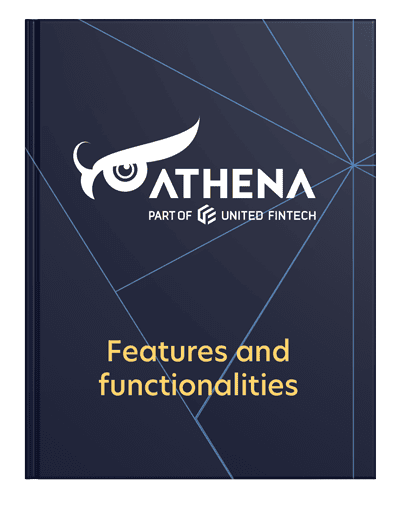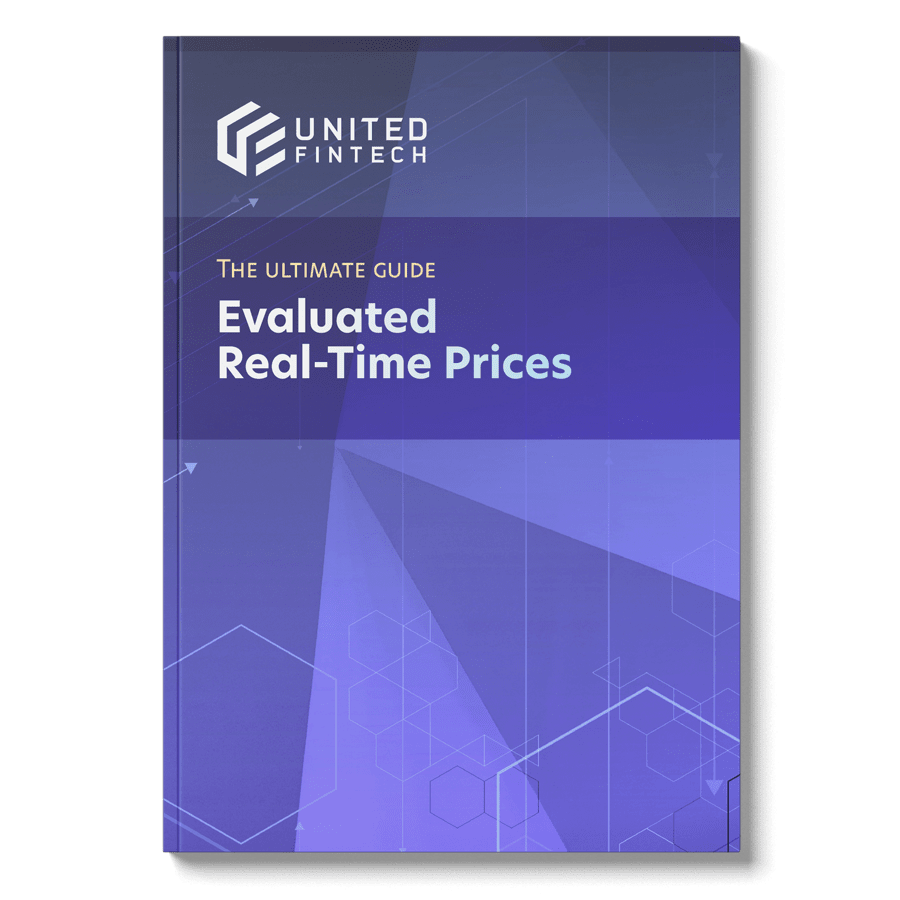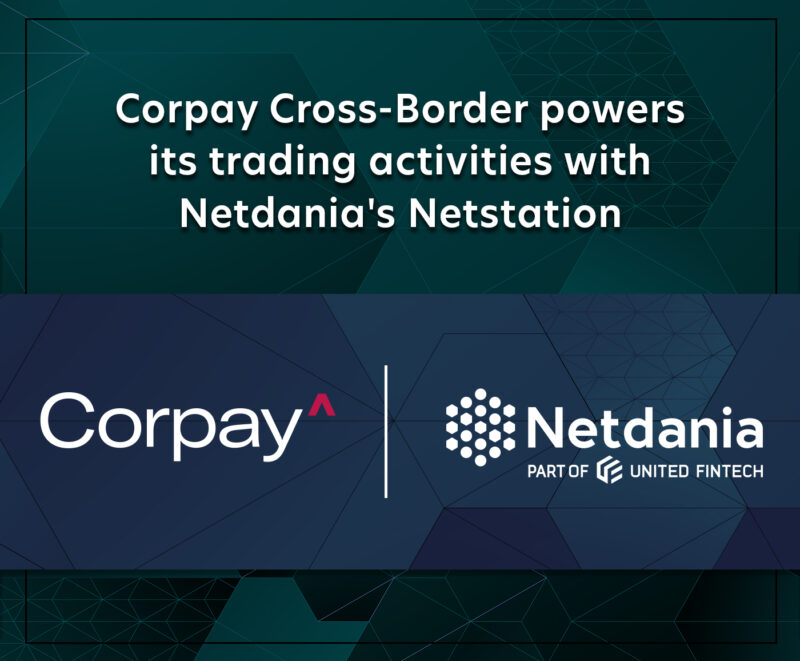Inflation’s rising all around the world. Interest rates are rising. Monetary conditions are tightening. Stock markets are bracing for the inevitable shock. Major markets are heading for recession. Margins will be squeezed everywhere as a result. Now’s not the time to invest in infrastructure and technology, like Portfolio Management Systems (PMS). That can wait for sunnier days.
While many buy-side firms might be tempted to go for this approach, in fact, companies’ Portfolio Management Systems take on added importance during difficult market conditions. On the buy-side, institutions like hedge funds and portfolio managers require more sophisticated technology to ensure they can manage the heightened levels of risk more effectively. And with volatility levels only going in one direction, buy-side firms need to be equipped with the best tech that will allow them to take full advantage of the situation on behalf of their clients.
Hedge funds
Trading mainly in liquid assets, hedge funds have long had a need for technology that executes trades – and secures fast-changing prices – at pace. That’s even more important when volatility levels are on the rise. Given hedge funds tend to charge higher fees than those levied by traditional investment managers, there’s also a need to justify this by offering more complex and diversified portfolios and risk management techniques. Clients will expect even more creative solutions to ensure the value of their investments can be protected amidst widespread downturns. Hedge funds will increasingly need to turn to the best tech solutions the market can provide – most notably, leading Portfolio Management Systems.
Hedge funds are also highly concerned with risk mitigation – it’s in the name. The massive volatility we have seen in financial markets, which were rocked by the Covid-19 pandemic and war in Ukraine, has reemphasized the need for high-quality risk management solutions. As the world faces recession and, potentially, major moves on global markets, risk management is going to be even more important.
And that’s why a high-quality Portfolio Management System is essential. These systems can, for example, help with scenario analysis and stress testing, or offer liquidity risk measurements and alerts. Warnings regarding turbulent conditions, like black swan events, can be programmed, depending on the severity. This can be done to either show up immediately on traders’ screens, to assist with highlighting problems in end-of-day reports, or by sending priority emails to investment committees or even investors. These are just a couple of reasons that demonstrate why hedge funds, and other buy-side firms, are investing in high-quality Portfolio Management System despite squeezes on their margins in tough economic conditions.
Portfolio managers
Portfolio managers are largely concerned with taking decisions – and implementing them quickly and effectively. They are required to construct appropriate investment strategies like alpha strategies. Depending on client’s appetite for risk, or need to be ESG compliant, or to get a larger return, portfolios must reflect these needs to support portfolio managers in their trades to maximize returns. Devising and executing strategies that’ll provide decent returns is going to be a very tough task in the months ahead. Having the support of leading tech will be a must.
For many buy-side firms, legacy systems are no longer up to the task. The time by which they should’ve been updated has passed. Particularly when conditions are tough, clients will rightly expect their portfolio managers to be supported by the best technology. Buy side-firms that aren’t will be at a massive competitive disadvantage. That’s because Portfolio Management Systems offer portfolio managers many high-quality features that simply cannot be matched by legacy systems.
One of the most important features is real-time insight into positions, prices, and analytics – offering all the information they need to communicate sound advice. The software also allows portfolio managers the ability to see all of a portfolio’s sources of risk and return. Meaning they are well-positioned to limit or remove exposure to riskier assets and put more weight on those which are offering strong returns. Portfolio Management Systems can also be programmed to display information that’s relevant to specific investment strategies – helping managers to implement more aggressive or more conservative approaches, depending on client wishes. Having real-time insights into the amount of risk across different portfolios is essential in difficult times, so that portfolio managers can take quick and decisive action to protect client funds.
Traders
Buy-side traders are tasked with putting portfolio managers’ theories into action on the markets. This has become an even more difficult task over the last few years: extreme levels of volatility mean that it is often very difficult to secure the desired price on markets that are constantly in flux. Volatility, as we head towards tighter monetary conditions and potential recession, is only going to increase. Portfolio Management Systems can allow traders to execute simple trades in only a couple of clicks. Meaning they can act in fast-moving markets in a matter of seconds – maximising returns or minimizing losses. By minimizing the amount of manual communication that’s required between traders and portfolio managers, Portfolio Management Systems allow traders to move faster in rapidly changing markets.
Investors want and need more diversified portfolios in turbulent times. Which means that traders on the buy-side are often dealing with a wide range of different assets. This means dealing with potentially thousands of different brokers and exchanges. Managing this manually would be close to impossible. At best it would make operations far less efficient, which is particularly damaging when markets are moving so fast. Portfolio Management Systems allows traders to trade electronically, bringing all those different brokers and exchanges together on one platform. Trading in this way also eliminates per-transaction fees, feeding through to higher profits and better value for clients. At a time when margins are being squeezed, making processes more efficient wherever possible is the order of the day.
Family Offices
PMS has long added value in family offices. That’s mainly because high net-worth families, often with complex financial arrangements, require clarity. They need to know exactly what their arrangements look like, how much their portfolios and investments are worth, and what steps they need to take to protect the value of their investments. When markets are turbulent, and firms are grappling with an array of complex financial dynamics, the clarity provided by a good PMS is even more valuable.
Furthermore, because the software works by consolidating data from thousands of sources onto one platform. This allows family offices to offer their clients simple, automated briefs that outline exactly what their investments look like and how they are performing. All of this information is also available in real-time, allowing traders and clients alike to take instant and informed decisions based on multi-asset class performance. Given quick moves are often necessary to protect value in volatile conditions, this real-time information should be a must-have for any buy-side firm.
Put a Spark into your portfolio management system with Athena Systems
Does your company need to improve its portfolio management system?
Athena Systems have the answer. Spark is their custom system and their Athena Systems teams work varies from developing and supporting Athena Spark, to custom system enhancements that precisely match the unique business models of the client. It provides the full life-cycle of planning, development, implementation and training. Clients typically see dramatic improvement in STP, faster time to equities markets, and more efficient execution of transactions after using Athena Investment systems.
















